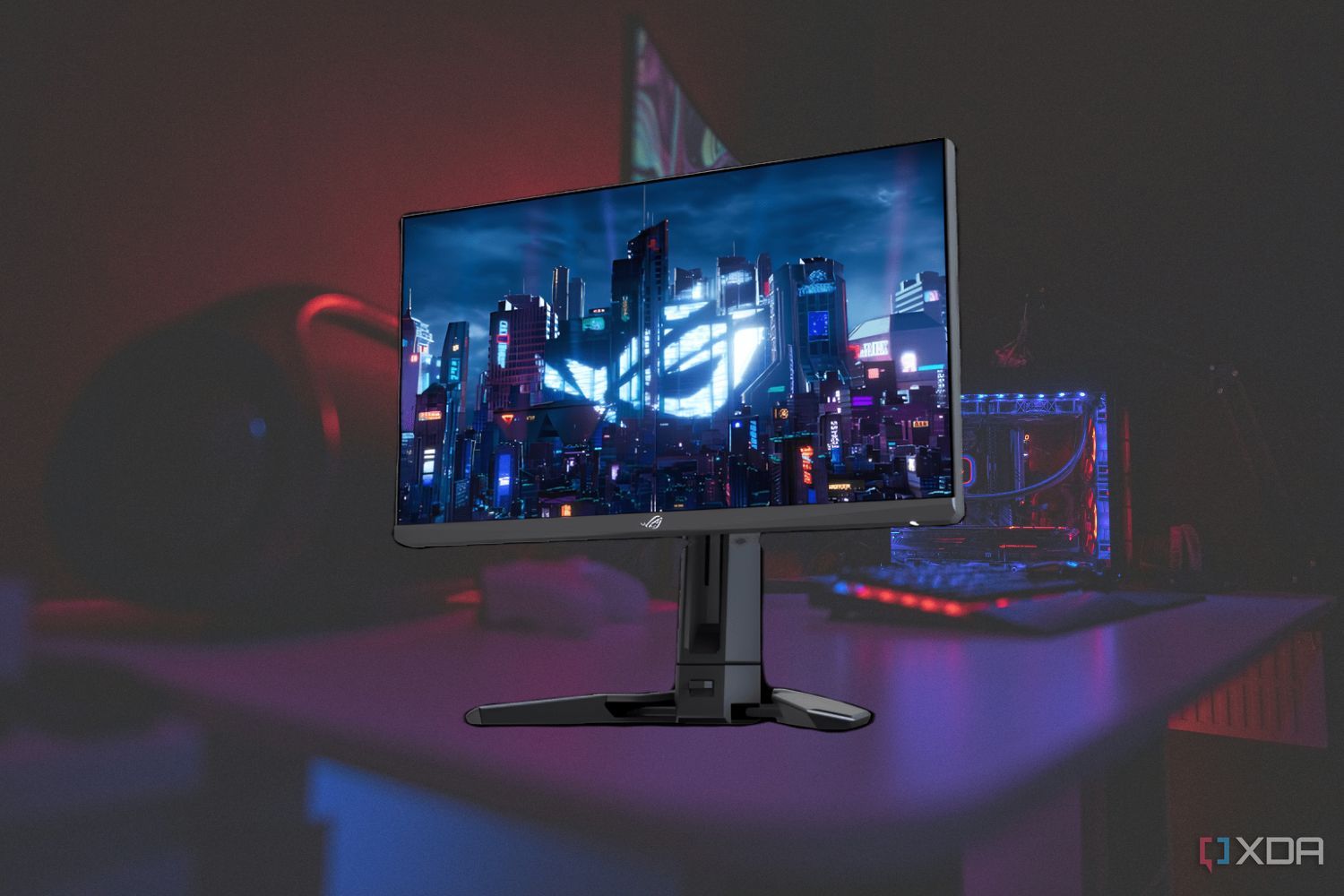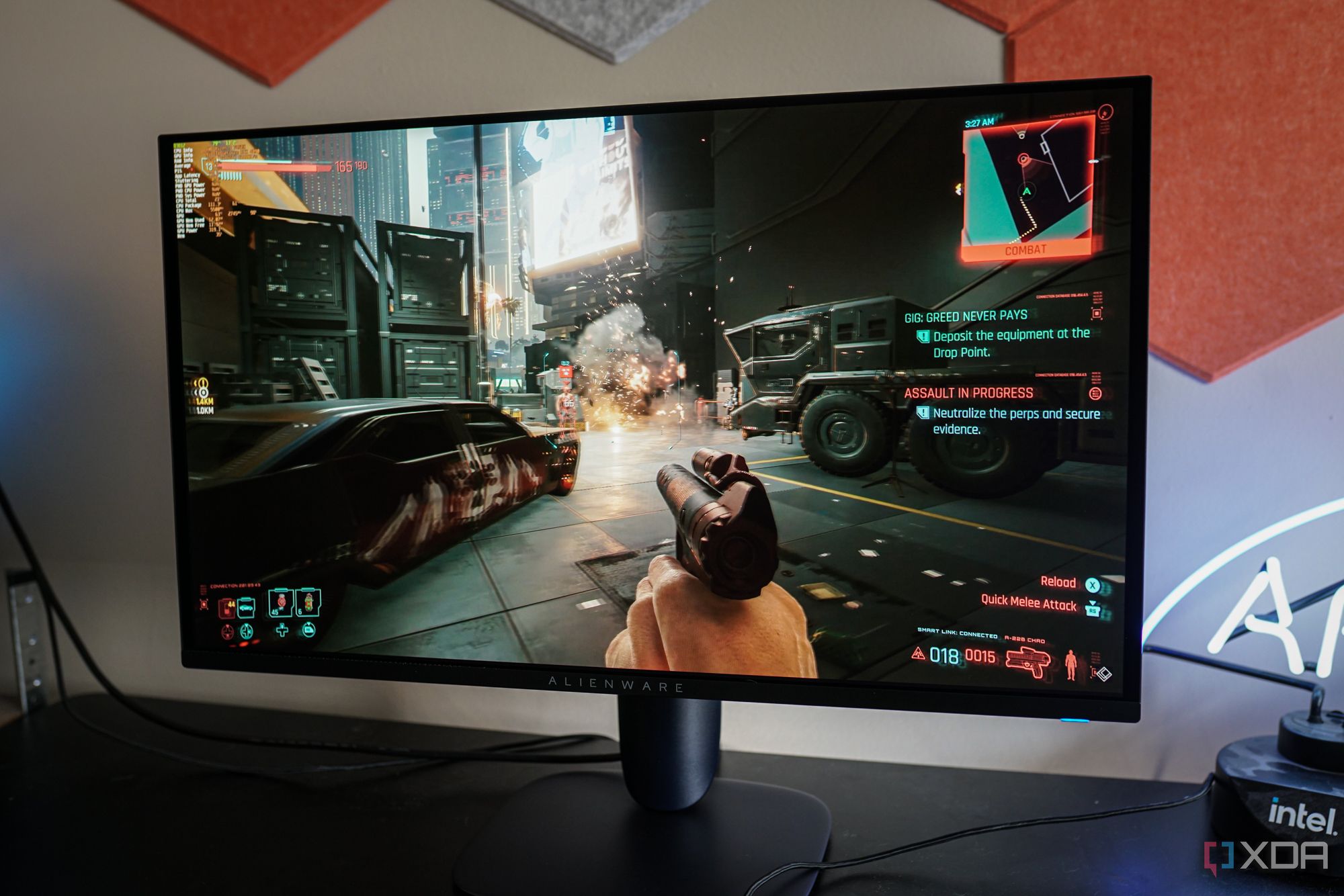When I first upgraded from a standard 60Hz monitor to a 144Hz panel, I was immediately blown away by the smoothness, responsiveness, and overall immersion. Besides the competitive advantage I experienced in popular games like Fortnite, Overwatch, and Counter-Strike, I was impressed by the buttery smooth animations and cursor movement in Windows. So, I started chasing monitors with higher refresh rates mainly for competitive gaming. However, the upgrade from 144Hz to 240Hz and 360Hz wasn't as impressive as I thought it would be. Yes, I did notice improvements, but they weren't significant enough to justify the premium price tags.
Since I mostly play competitive games, I'd still choose a 240Hz or 360Hz panel over a 144Hz display, but that doesn't mean I'd recommend them to most gamers. Although ultra-high refresh rate monitors are great in many ways, they don't necessarily guarantee a better gaming experience. That comes down to how sensitive you are to latency and refresh rates, and whether your PC can consistently push extremely high frame rates. So, let's look at some of the drawbacks I faced after upgrading to a 360Hz OLED monitor last year.
3 Games became more CPU-bound
My CPU was struggling to keep up with my GPU

I had an RTX 4090 paired with the Ryzen 9 5900X when I upgraded to the Alienware AW2725DF 360Hz QD-OLED monitor in 2024. Until this point, all the competitive games that I played, like Valorant, Fortnite, and Apex Legends, maintained over 144FPS, so I had no reason to be too concerned about CPU bottlenecks. However, with the 360Hz monitor, I quickly noticed that these games struggled to maintain over 200 FPS. Even Valorant, which is not as demanding as the other ones, didn't run consistently over 250 FPS. That's mainly because competitive games are more demanding on the CPU, especially at higher frame rates.
I quickly checked the GPU usage by monitoring my PC with MSI Afterburner, and it was hovering around 60 percent. That's when I realized my 5900X was holding my PC back; it just wasn't fast enough to keep up with my 4090's ability to push more frames. A few months later, my CPU died out of nowhere, so I decided to upgrade to the 5800X3D. It significantly improved frame rates across all games, enough to match my monitor's refresh rate. My GPU usage now sits at around 80 percent in competitive games, which is still not ideal, but a considerable improvement from what I was used to.
2 Resolution took a step back
The visual downgrade was more noticeable than I thought
Upgrading to 360Hz meant that I had to compromise on the resolution front. Even in 2025, there are no 4K/360Hz panels on the market. So, I was more than willing to give 1440p a chance for better motion clarity and smoothness. However, since I use my 360Hz monitor right next to my 4K/160 IPS monitor, it's often hard to overlook the visual downgrade. Sometimes, I switch the monitors while gaming to see if the superior OLED panel makes up for the resolution hit, but unfortunately, it doesn't help much.
AAA games like Assassin's Creed: Shadows and Cyberpunk 2077 look much better on the 4K monitor. Yes, the frame rates are significantly lower at 4K, but enabling DLSS upscaling and frame generation helps restore some of the smoothness at the cost of latency. That's why I still use my 4K monitor for playing AAA games while keeping the 360Hz panel for competitive titles. The visual downgrade is also apparent when I'm just browsing the web or editing videos. Since it's a QD-OLED panel, it lacks the text clarity of traditional LCD monitors, but that's more due to the OLED's unconventional subpixel arrangement than the resolution itself.
1 Competitive advantage is overhyped
The jump from 144Hz to 360Hz isn't eye-opening
The main selling point of 360Hz monitors is the competitive advantage you get in fast-paced online multiplayer games. Manufacturers and esports professionals often emphasize that higher refresh rates directly correlate to improved performance. Even if that's theoretically true, I feel this point about competitive advantage is usually exaggerated in practical terms. Yes, games did feel slightly more responsive and fluid, but my performance on the scoreboard didn't really improve all that much.
I managed to rank up from "Ascendant" to "Immortal" in Valorant a few months after I got the 360Hz monitor, but I can't say for sure that's because of the higher refresh rate. It could be partly due to the Wooting 60HE hall-effect keyboard I purchased alongside it, or the super-lightweight fingertip mouse I use. Or maybe I just improved after putting hours into the game. What I can confidently say, though, is that the jump from 144Hz to 360Hz isn't as groundbreaking as the jump from 60Hz to 144Hz. Your mechanical skill, game sense, and reaction time will ultimately make more of a difference than an incremental upgrade in refresh rate would.
360Hz monitors aren't for the average gamer
Since I mostly play fast-paced competitive games, that extra bit of smoothness overshadows the minor inconveniences I have to deal with. But I'm done chasing higher refresh rates; I'm not willing to splurge nearly a grand on a 480Hz or 600Hz monitor for a modest improvement in perceived smoothness. More importantly, my RTX 4090 can't push that many frames in the vast majority of games. At the end of the day, these ultra-high refresh rate monitors target a niche audience that specifically plays esports titles. Even though I do sort of fall into that category, I feel like I'd be just as happy, if not more, with a 4K/240Hz OLED monitor. I believe that's the perfect resolution and refresh rate for someone who enjoys both competitive and AAA games. A resolution bump is more noticeable than a refresh rate increase beyond 144Hz.

Related
540Hz monitors are here, but should you care?
540Hz monitors offer incredibly low latency and fast response times. Unfortunately, they're not entirely practical.
.png)












 English (US) ·
English (US) ·